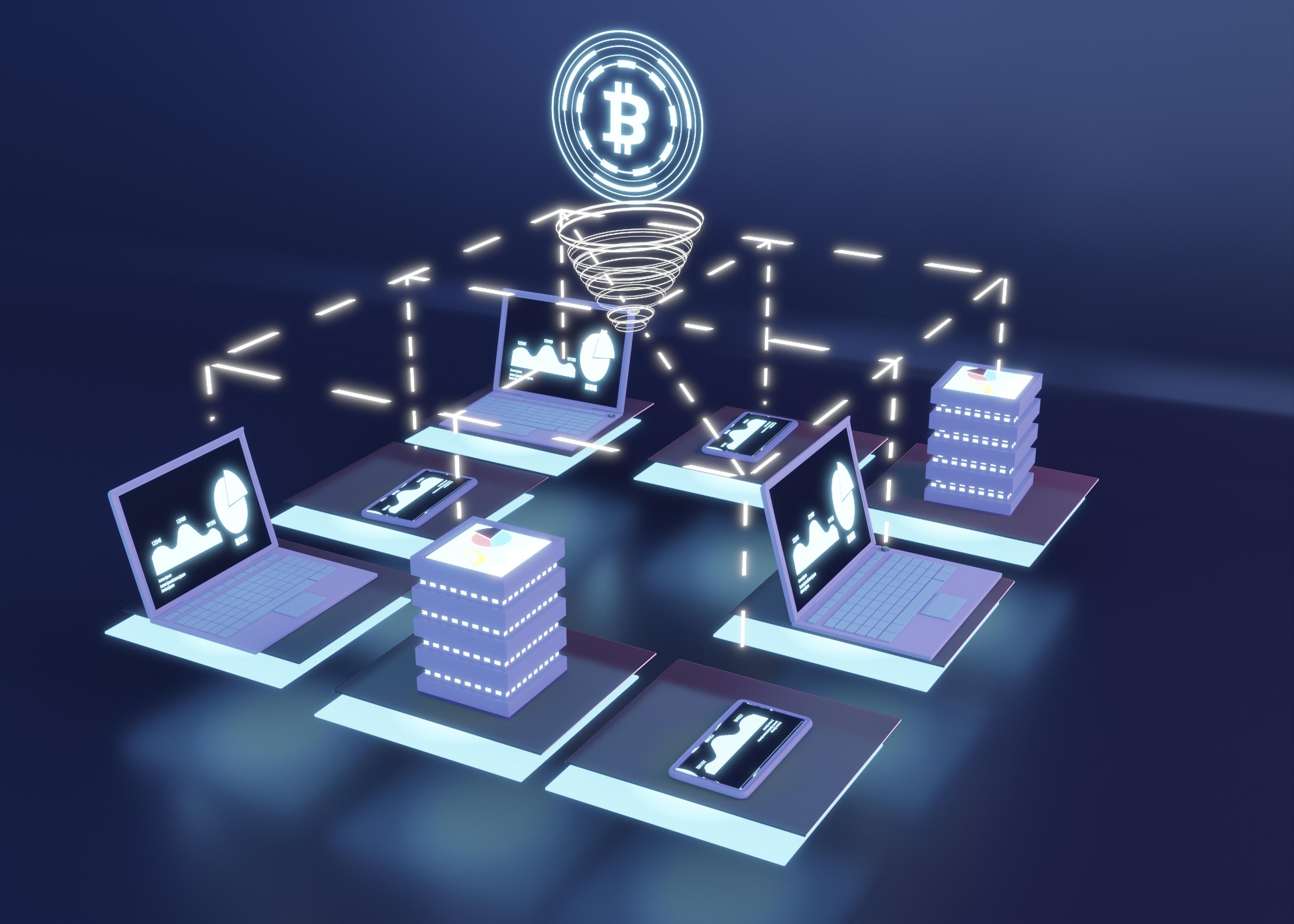
The Role of Web3 Technology in the Development of Decentralized Social Networks
In an era where privacy, control over personal data, and freedom of expression are increasingly important topics, Web3 technology marks a turning point in how we approach the internet and digital communication. One of the key aspects of this technological transformation is the development of decentralized social networks, which offer an alternative to traditional, centralized platforms like Facebook, Instagram, and Twitter.
What is Web3?
Web3 represents a new phase of the internet that uses decentralized networks and blockchain technology to create applications that do not rely on central intermediaries. In the Web3 model, users control their digital identity, data, and interactions through cryptographic keys and smart contracts. Instead of data being stored on servers owned by large companies, it is stored in a distributed manner - across multiple nodes worldwide.
Decentralized social networks
Decentralized social networks operate without a central authority. Instead of data being stored on a single server owned by a company, it is distributed across nodes worldwide. Every user can become part of this infrastructure and contribute to the network's security, availability, and reliability.
The main advantages of this approach include:
- Control over personal data: Users retain ownership of their information, which is cryptographically protected.
- Resistance to censorship: Due to the absence of a central control point, content is harder to remove or block.
- Equality in monetization: Instead of the platform profiting from user content, creators can directly earn through tokens, NFTs, or microtransactions.
The role of blockchain technology and IPFS
The foundation of Web3 social networks is blockchain and decentralized storage systems like IPFS (InterPlanetary File System). IPFS splits files into smaller parts, stores them in multiple locations, and uses hash addresses instead of URLs, ensuring greater security and faster access.
Blockchain also ensures data immutability, guaranteeing that once published, content cannot be deleted or altered without the user’s consent. Digital signatures confirm the authenticity of posts and secure ownership.
Decentralized governance and self-regulation
Another key component of decentralized social networks is decentralized governance. Through models such as token-based voting, users vote on platform changes, the introduction of new features, or rules of conduct.
This model allows the community to shape the network’s future, promoting democracy and transparency - values neglected on traditional platforms.
Existing Web3 social networks
There are already several decentralized platforms demonstrating the power of Web3 technology:
- Lens Protocol – uses NFTs to manage profiles, allowing identity portability between different applications.
- Steemit – rewards users with cryptocurrency for writing and curating content.
- Mastodon – a federated network with independent instances that users can run and moderate themselves.
- Mirror – enables publishing and monetizing written content through tokens and NFTs.
- D.Tube – a decentralized video platform serving as an alternative to YouTube.
Each of these networks has its specifics, but they all share the goal of giving users greater control and freedom.
Challenges and limitations
Despite numerous advantages, Web3 social networks face several obstacles:
- Technical complexity: Most users are unfamiliar with managing crypto wallets, private keys, and blockchain concepts.
- Limited scalability: Decentralized infrastructure has weaker performance and slower response compared to centralized systems.
- Smaller user base: Most users still prefer familiar, simple platforms, which complicates broader adoption of Web3 solutions.
- Misaligned business models: Since users retain control over their data, companies find it harder to profit in traditional ways (e.g., selling data or targeted advertising).
The future of decentralized social networks in the Web3 era
The potential for Web3 technologies is immense. As decentralized identities, zero-knowledge proofs, and cryptographic privacy methods continuously improve, Web3 networks become more accessible and intuitive for users. Additionally, an increasing number of projects experiment with hybrid models that successfully combine the benefits of decentralization with the scalability and simplicity of centralized systems, opening new opportunities for broader use and adoption of these technologies.
Web3 technology provides a revolutionary framework for developing social networks that return control to users, protect privacy, and enable transparent and democratic governance. Although challenges like technical complexity and scalability exist, continuous advances in blockchain, decentralized storage, and cryptography promise that decentralized platforms will become more accessible and attractive to a wider audience. Combining decentralization with elements of centralization may serve as a bridge to mass adoption, opening a new era of freer and safer digital communication.





